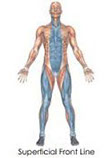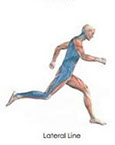

©
Serving Palm Beach County, Florida
Including Jupiter, Palm Beach, West Palm Beach, Palm Beach Gardens, Wellington,
Juno Beach, Lake Worth Beach, Boynton Beach, Delray Beach, and Boca Raton


The Key To Opening Your Body's Dynamic Potential!


What is Structural Integration?








What is Fascia?






© 2014-2025 Christopher Grecco. All Rights Reserved.








